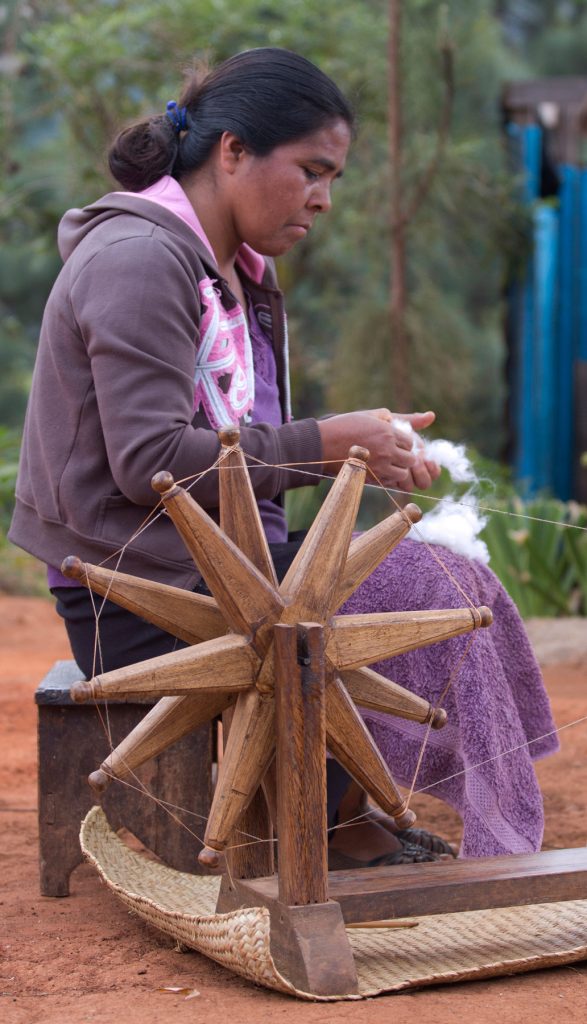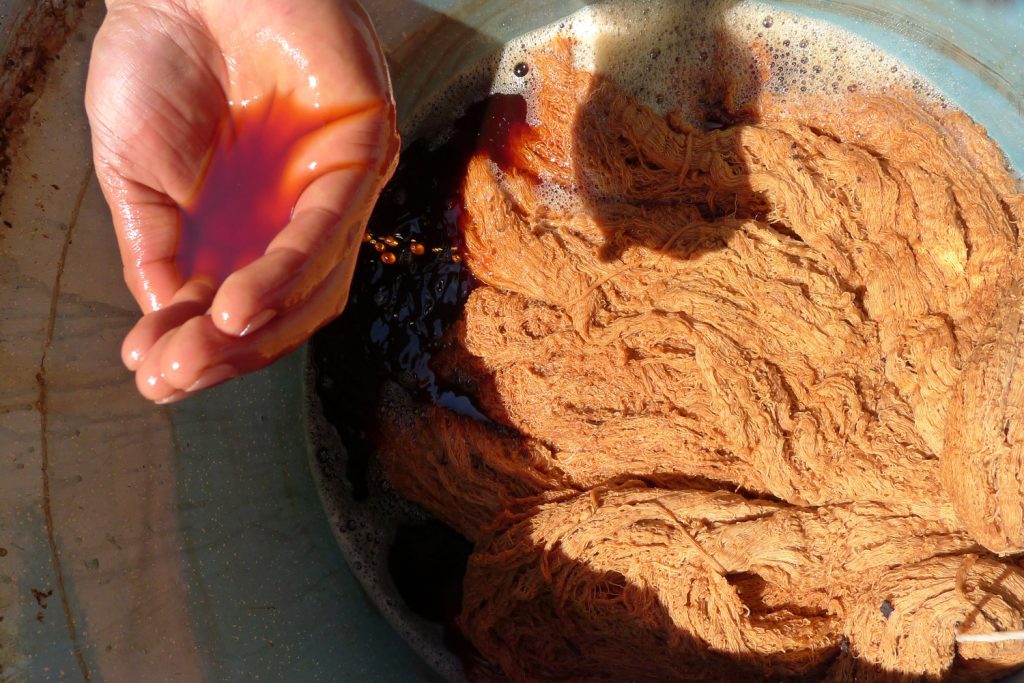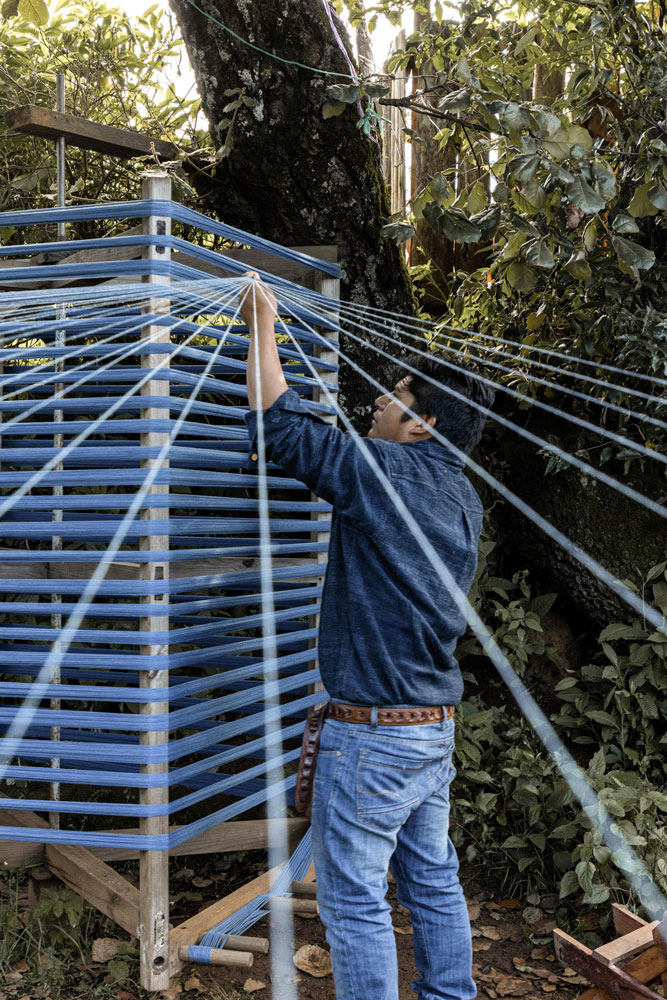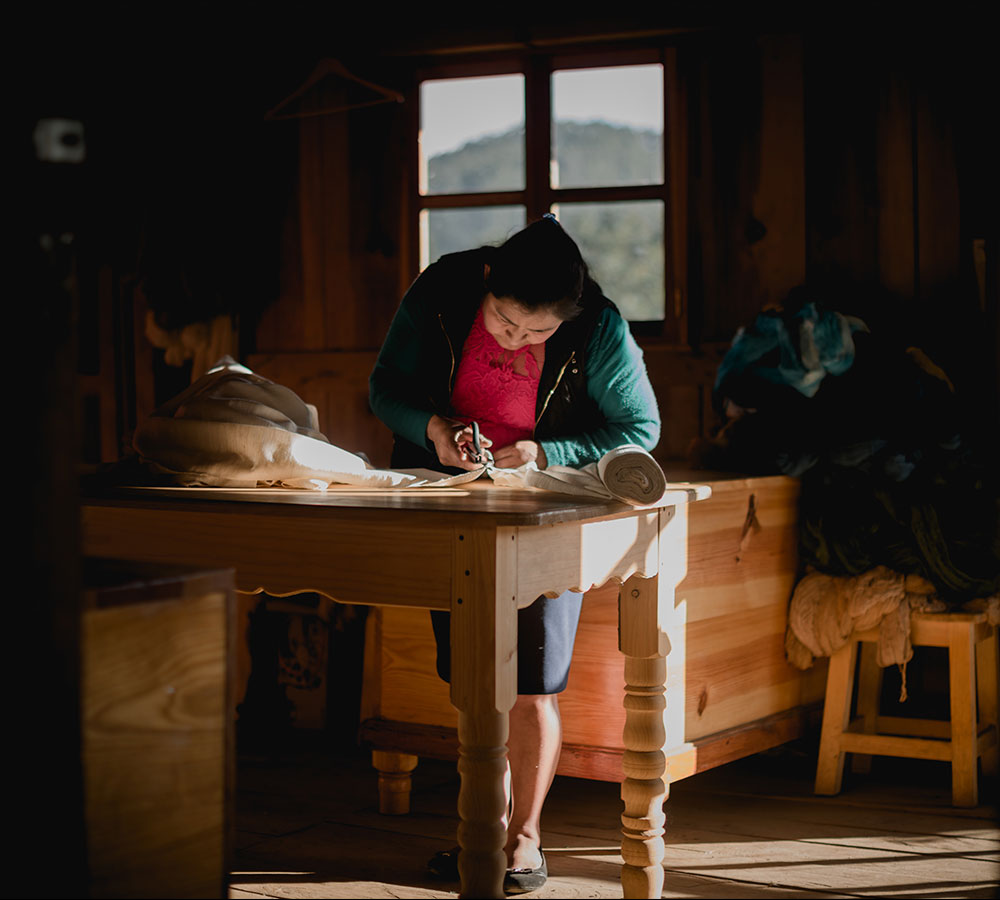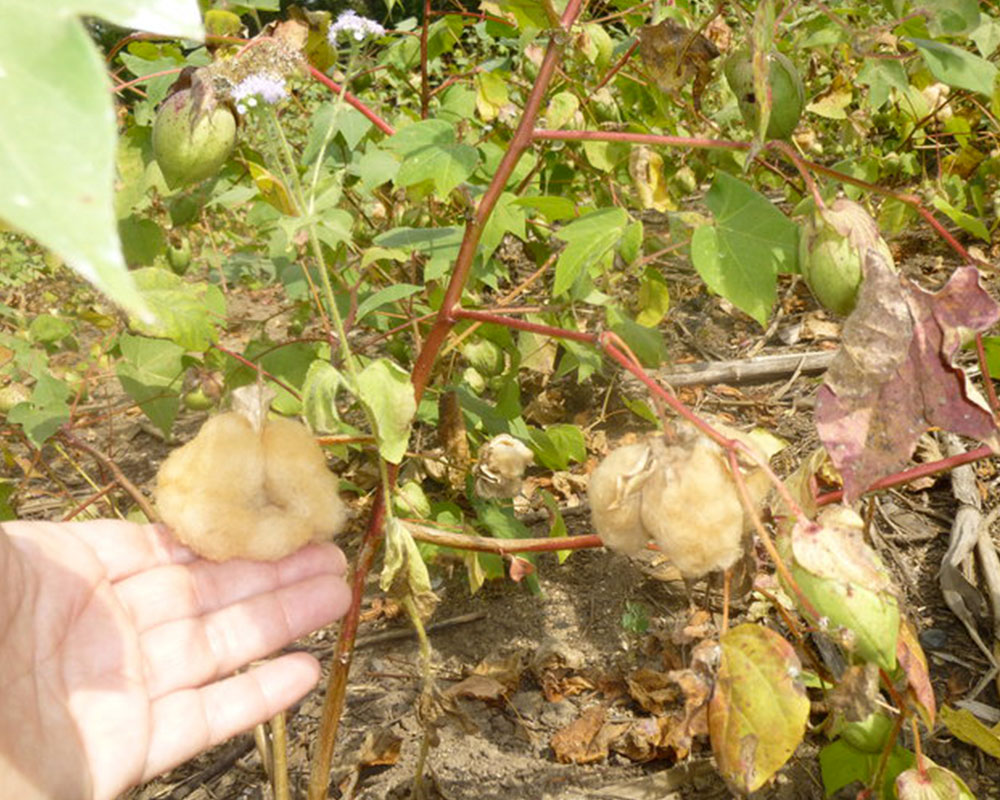
We carefully select all the raw materials we use, taking care of the land and ourselves.
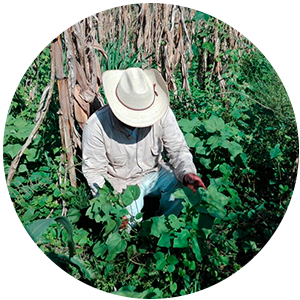
FARMING
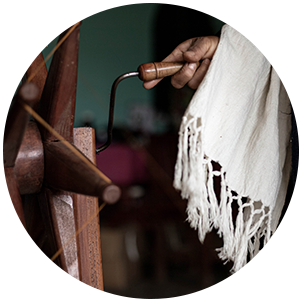
SPINNING
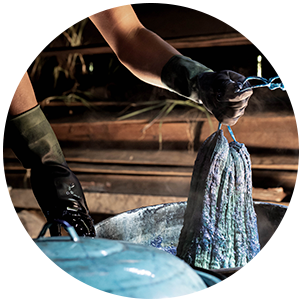
DYEING
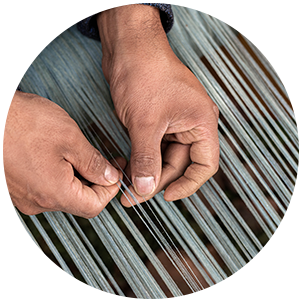
WEAVING
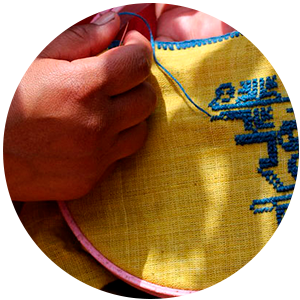
EMBROIDERY AND HAND STITCHING
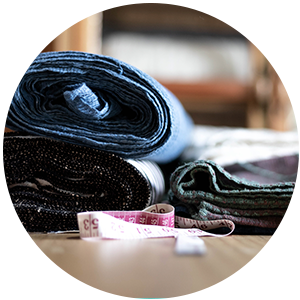
SEWING
FARMING
The cotton we use is native to the Costa Chica of Oaxaca. We coordinate the production of heritage white and native coyuchi cotton (brown, pre-Hispanic) from 35 small producers in 12 coastal communities of Oaxaca. We promote and support the ancestral practice of intercropping cotton with corn and other edible plants (milpa).
Traditional, small farmers participate as a means to supplement subsistence agriculture thus preserving native corn races as well. The farmers receive training and technical assistance in agro-ecological production to support the goals of soil conservation, regenerative fertility, increased biodiversity and farmer and community health.
They do not irrigate nor use any agro-chemicals. They do use Integrated Pest Management and homemade biological inputs to reduce pest pressure and increase soil fertility. The group, N’un Ndito Tierra Viva (Mixteco for living earth), is on its way to becoming a self-supporting cooperative with a participatory organic production certificate.

SPINNING
Today, there are around 550 women from San Sebastián and its ranches, who gin and clean the cotton brought from the coast. They then card and spin it, all by hand, using spinning wheels in their homes.
Local carpenters reproduce the spinning wheel (charka) designed by Gandhi so that each artisan has her own.
DYEING
WEAVING
There are two types of looms used by the weavers of Khadi Oaxaca: the pedal loom and back-strap loom. The back-strap loom is ancestral and has been used for many generations to weave wool here in the Sierra Sur. The pedal loom requires many steps to prepare. First all the thread is spun onto bobbins in order to be fed evenly to the hand turned warping apparatus. Once ready for the loom, up to two thousand threads are tied onto the heddles before weaving begins.
We also use two types of thread: 1) Ecologically produced cotton in native brown (coyuchi) and heritage white, which are hand spun in San Sebastian Rio Hondo, and 2) Commercially produced Mexican cotton thread. Our Fine, Open Weave, Birds Eye and Zigzag fabric designs are produced with a combination of these threads. Our Rustic fabric is made with 100% handspun thread.
EMBROIDERY AND HAND STITCHING
SEWING
Khadi Oaxaca currently works with local seamstresses trained to use standard sewing machinery. The cut and sew area allows us to create fitted garments and combine fabric colors. Here we incorporate classic and modern clothing designs from North America the Middle East and Asia. Occasionally, the production of new fabrics inspires new clothing designs.

